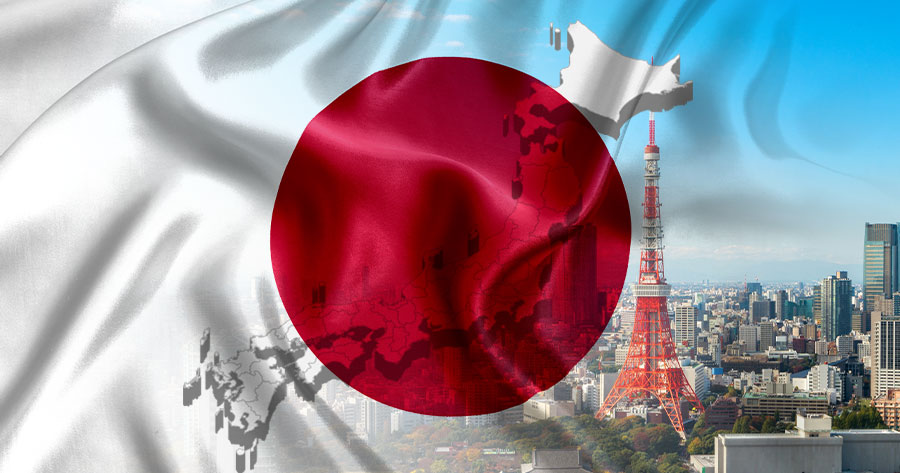Japan is preparing a new stimulus package valued at 13.9 trillion yen ($89.7 billion), aiming to ease the financial strain on households caused by rising prices.
This new stimulus package will surpass last year’s 13.2 trillion yen plan, further straining Japan’s already stretched public finances, as the country’s debt now exceeds twice the size of its economy.
Furthermore, the package encompasses around 8 trillion yen for government investment and lending, along with local government spending. Including private financing, the total financial package is estimated at 39 trillion yen. Despite this high amount, Japan’s ruling coalition has reached an agreement with a key opposition party on the draft, which contrasts with the views of some economic experts.
Takayuki Sueyoshi, senior economist at Daiwa Institute of Research, stated that, as of now, Japan may not need the economic package, as there are signs of a recovery in private consumption and positive real wage growth.
He added that it would be difficult for Japan to achieve its goal of a primary budget surplus of 0.8 trillion yen in fiscal 2025. However, if attainable, tax revenues could slightly exceed expenditures.
Japan traditionally used a few trillion yen from its supplementary budgets to address emergencies. However, following the COVID-19 pandemic, which led to a budget increase to 73 trillion yen, the country has been relying on debt to finance its spending. Last year, nine trillion yen of the 13 trillion yen spending was funded through new debt.
The International Monetary Fund (IMF) has cautioned Japan to manage its fiscal situation and organize its spending plans, rather than accumulating more debt, especially as the central bank could potentially raise interest rates in the near term.





